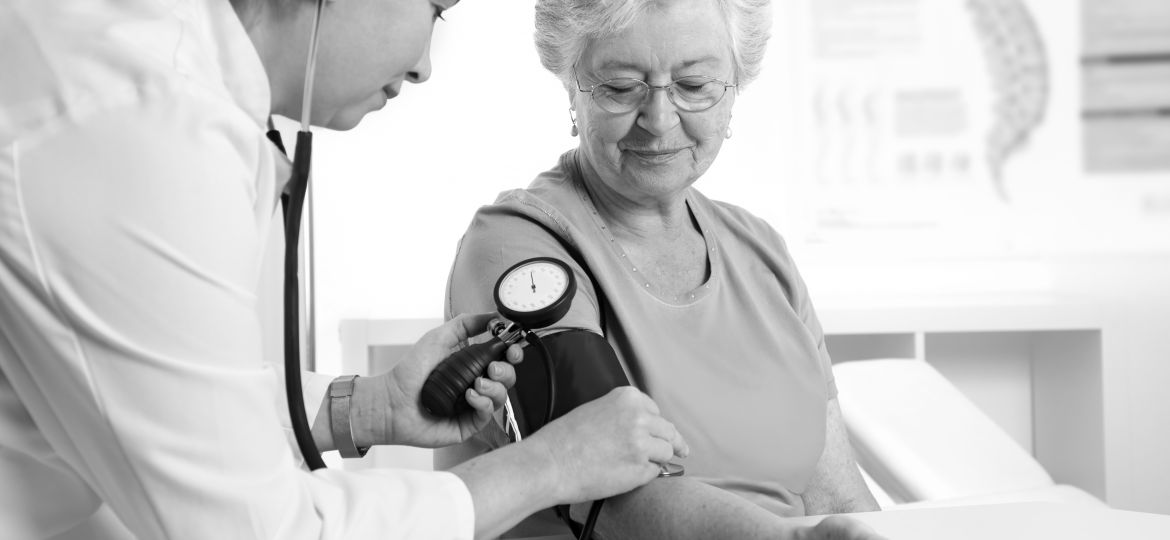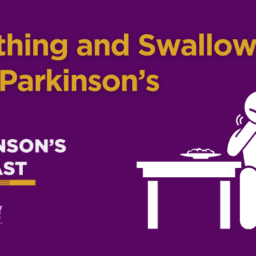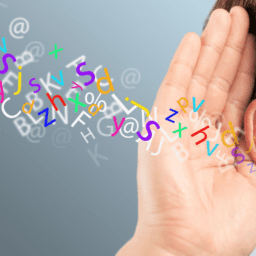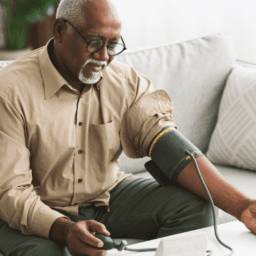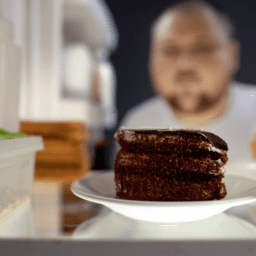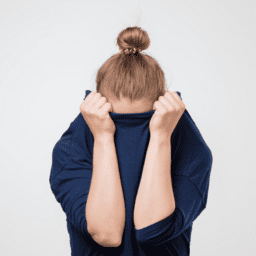Written by Jose-Alberto Palma, MD, PhD and Horacio Kaufmann, MD
What is neurogenic orthostatic hypotension? Neurogenic orthostatic hypotension (nOH) is a condition that is part of a larger category called orthostatic hypotension (OH), which is also known as postural hypotension. nOH is caused by dysfunction in the autonomic nervous system and causes people to feel faint when they stand or sit up.
What is Neurogenic Orthostatic Hypotension (nOH)?
OH is a sustained fall in blood pressure that happens within 3 minutes of standing. OH can reduce blood flow to organs above the heart, most notably the brain, and its symptoms can have a profound impact on your quality of life. OH is more common in the elderly, and certain medications, dehydration, varicose veins, severe anemia and conditions such as heart disease can lead to OH. OH can also be related to the nervous system. Parkinson’s, pure autonomic failure, multiple system atrophy and other types of autonomic dysfunction can all cause OH.
OH can be caused by the body not releasing enough of the neurotransmitter, norepinephrine. When your body doesn’t release enough norepinephrine, your blood vessels don’t constrict when they need to, lowering your blood pressure and causing you to feel faint when you stand or sit up. When OH is caused by problems in the release of norepinephrine, it is referred to as neurogenic orthostatic hypotension (nOH).
How Common is nOH in People with Parkinson’s?
An estimated 30 to 50% of people with Parkinson’s experience nOH. The prevalence of nOH increases with both age and number of years of living with Parkinson’s. Although nOH in Parkinson’s is relatively common, not everyone will experience symptoms. For that reason, people with Parkinson’s should be screened for nOH, even if they have no symptoms.
Conversely, nOH can be one of the earliest symptoms of Parkinson’s and can appear several years — even decades — before the onset of motor problems like tremor or stiffness. Therefore, people who have nOH, but do not have any significant motor or cognitive symptoms, should also be monitored closely to watch for early signs or symptoms of Parkinson’s.
What are the Symptoms of nOH?
nOH can appear with or without symptoms. The typical symptoms of nOH are lightheadedness, dizziness, blurry vision and, when there’s a significant drop in blood pressure upon standing up, fainting. Symptoms almost always occur when standing up, less frequently when moving from standing to sitting and abate when lying down. People with nOH may also experience weakness, fatigue, leg buckling, headaches, neck and shoulder discomfort and shortness of breath. Severity of symptoms varies from day to day and fluctuates throughout the day. Often, mornings tend to be most difficult since nOH symptoms are aggravated by overnight urination, which is common in people with Parkinson’s. Meals, particularly those rich in carbohydrates and sugars, also cause drops in blood pressure.
Not all people with nOH have symptoms. Symptoms emerge only when blood pressure when standing falls below a certain limit. In people living with Parkinson’s, this usually occurs when your mean blood pressure upon standing falls below approximately 90/60 mmHg (systolic/diastolic) as measured with a blood pressure cuff on the arm. Symptoms of nOH typically disappear upon sitting or lying down, because gravity restores blood flow to the brain. Indeed, people with nOH are frequently able to tolerate wide swings in blood pressures and often remain conscious at pressures that would otherwise induce fainting in healthy people. Fainting can still occur, however, especially after a large meal, consuming alcohol, in very warm weather, if dehydrated or if taking medications to lower blood pressure.
In people with Parkinson’s, symptoms of nOH can also be non-specific, including fatigue and difficultly concentrating, and may sometimes mimic a levodopa off state. It’s easy to miss nOH unless your physician measures your blood pressure while you are in a standing position. Conversely, it is important to realize people with Parkinson’s can experience lightheadedness that mimics nOH, but may instead be caused by balance problems or other issues. For this reason, careful evaluation of your symptoms by a movement disorder specialist is strongly advised.
How is nOH Diagnosed?
Diagnosis of nOH requires blood pressure readings taken while lying flat as well as while standing up. At least a 20 mmHg drop in your systolic blood pressure and a 10 mmHg drop in your diastolic blood pressure when you stand up is required to make the diagnosis.
Some people with Parkinson’s don’t experience a drop in blood pressure every time they stand up. In these cases, a doctor may use a monitor to measure the person’s blood pressure every 30 minutes for an entire day to assist in diagnosis and subsequent management of nOH.
Learn more about managing nOH in the second part of this article.
To learn more about the impact of nOH on people with Parkinson’s and their care partners, read results from the Harris Poll Survey here.
Stay Informed On Your Parkinson’s Journey
Would you like to learn more about nOH and living well with Parkinson’s?
Our Every Victory Counts® manual gives people living with Parkinson’s, their care partners and their family members the tools they need to take control of their own Parkinson’s treatment through a proactive approach to self-care.
It’s jam-packed with up-to-date information about everything Parkinson’s, plus an expanded worksheets and resources section to help you put what you’ve learned into action. Color coding and engaging graphics help guide you through the written material and point you to complementary videos, podcasts and other materials on the Every Victory Counts companion website. And, it is still free of charge thanks to the generosity of our sponsors.
Request your copy of the new Every Victory Counts manual by clicking the button below.

Dr. Jose-Alberto Palma is Assistant Professor of Neurology and Assistant Director of the Dysautonomia Center at New York University. His work over the past years has been focused on the diagnosis, management and understanding on autonomic disorders in patients with autonomic synucleinopathies, such as Parkinson disease and multiple system atrophy, as well as in the search for biomarkers for early diagnosis of these disorders. He has been involved in several studies and clinical trials to develop new treatments for autonomic dysfunction, and to describe the premotor phase of Parkinson disease.

Dr. Horacio Kaufmann is Professor of Neurology and Medicine and the Director of the Dysautonomia Center at New York University. He is one of the world leading experts in the diagnosis and management of patients with autonomic synucleinopathies (Parkinson disease and multiple system atrophy), a subject that has been the focus of his research and academic career over the last 25 years. He has extensive experience as the principal investigator of national and international studies on autonomic dysfunction, including clinical trials for orthostatic hypotension, and identification and development of biomarker for early diagnosis and progression of Parkinson disease and related disorders.


